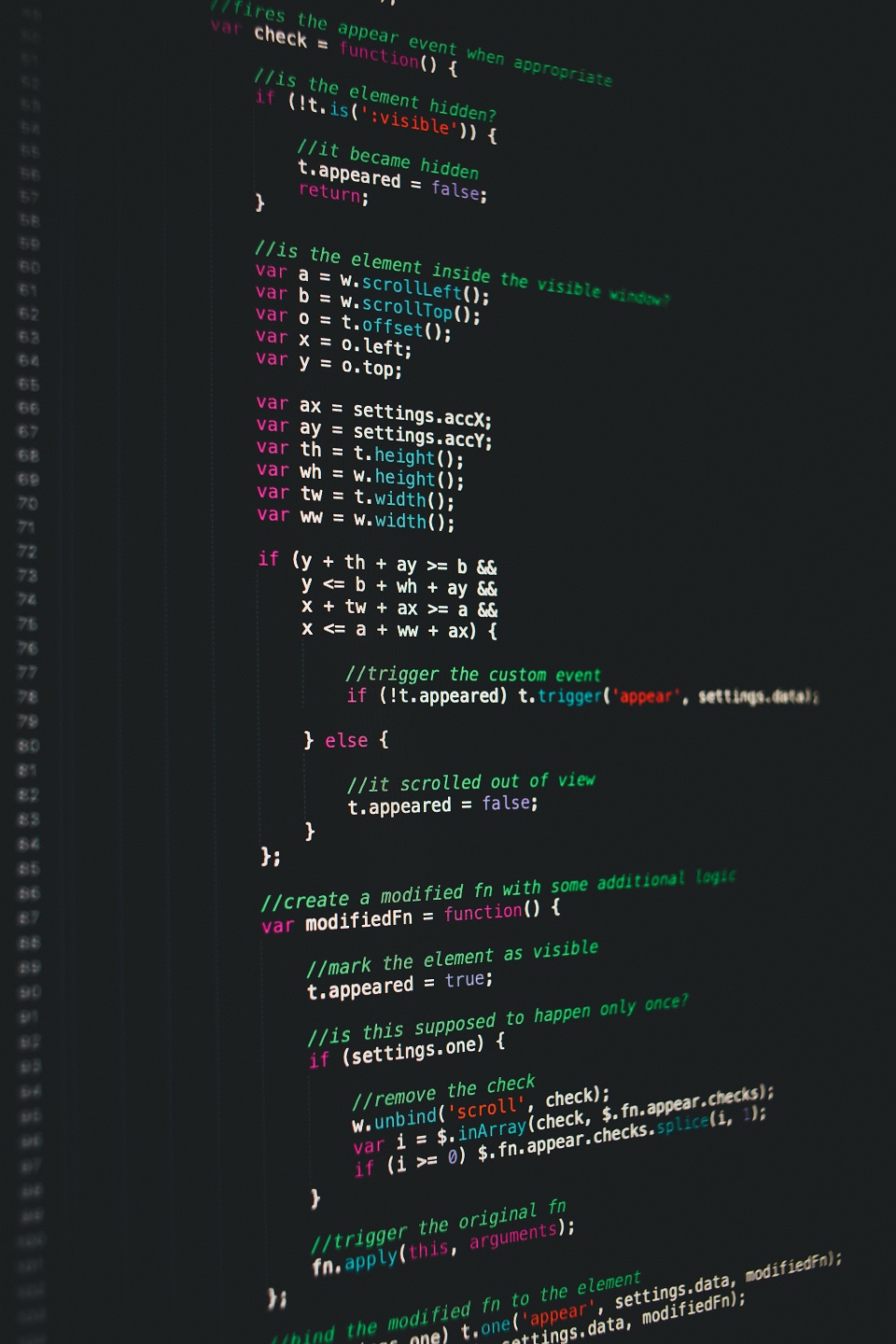In the fast-paced world of Forex trading, technological advancements have given rise to algorithmic trading, a method that leverages computer algorithms to execute trades automatically. While algorithmic trading, also known as algo trading or automated trading, offers numerous advantages, it comes with its set of challenges and considerations. In this guide, we’ll explore the world of algorithmic trading in Forex, discussing the pros, cons, and key considerations for traders utilizing automated strategies.
Understanding Algorithmic Trading
Algorithmic trading involves the use of computer algorithms to analyze market data, identify trading opportunities, and execute trades. These algorithms can be designed to follow specific trading strategies, such as trend following, mean reversion, or statistical arbitrage.
Pros of Algorithmic Trading in Forex
1. Speed and Efficiency
Advantage: Algorithms can execute trades at speeds impossible for human traders. This speed advantage is crucial in a market where price movements can happen in milliseconds.
2. Elimination of Emotional Bias
Advantage: Algorithms trade based on predefined criteria, eliminating emotional bias and making decisions solely based on the programmed strategy. This can lead to more disciplined and consistent trading.
3. Backtesting and Optimization
Advantage: Traders can backtest algorithms using historical data to evaluate their performance. This allows for optimization and refinement before deploying the strategy in live markets.
4. Diversification and Risk Management
Advantage: Algorithmic trading allows for the simultaneous execution of multiple strategies and the diversification of trading portfolios. Automated systems can also enforce strict risk management rules.
5. 24/7 Market Monitoring
Advantage: Algorithms can monitor markets 24/7, reacting to changes in real-time. This is especially beneficial in the Forex market, which operates across different time zones.
Cons of Algorithmic Trading in Forex
1. Technical Challenges and Complexities
Challenge: Developing and maintaining algorithmic trading systems requires a strong understanding of programming, data analysis, and market dynamics. Technical challenges may arise during system development and deployment.
2. Over-Optimization and Curve Fitting
Challenge: Traders must be cautious about over-optimizing algorithms based on historical data. Curve fitting, or tailoring a strategy too closely to past market conditions, can lead to poor performance in live markets.
3. Dependency on Market Conditions
Challenge: Algorithms may perform well in specific market conditions but struggle in different scenarios. Traders need to be aware of the limitations of their algorithms and adapt them accordingly.
4. System Failures and Technical Glitches
Challenge: Algorithmic trading systems are not immune to technical failures or glitches. Traders must have robust monitoring systems in place to detect and address issues promptly.
5. Lack of Intuition and Adaptability
Challenge: Algorithms lack the intuition and adaptability of human traders. They may struggle to interpret unexpected news events or sudden market shifts that are not accounted for in the programmed strategy.
Key Considerations for Algorithmic Traders
1. Risk Management is Paramount
Consideration: Implementing sound risk management practices is crucial. Algorithms should have built-in mechanisms for controlling risk, such as stop-loss orders and position sizing rules.
2. Regular Monitoring and Maintenance
Consideration: Automated systems require ongoing monitoring and maintenance. Traders should regularly review performance, adjust parameters, and ensure that the algorithms align with current market conditions.
3. Diversification and Redundancy
Consideration: Diversify algorithmic strategies to reduce reliance on a single system. Additionally, have contingency plans and redundancy measures in place to address potential technical failures.
4. Continuous Learning and Adaptation
Consideration: The Forex market evolves, and algorithmic traders must stay informed about market dynamics and technological advancements. Continuous learning and adaptation are keys to long-term success.
Conclusion
Algorithmic trading in Forex offers both advantages and challenges. While automation can enhance efficiency, eliminate emotional bias, and provide 24/7 market monitoring, traders must navigate technical complexities, avoid over-optimization, and address the limitations of automated systems. A well-designed algorithmic trading strategy, coupled with disciplined risk management and continuous monitoring, can empower traders to navigate the dynamic landscape of the Forex market successfully.
How To Reduce Forex Trading Risks
The Crucial Role of a Demo Account in Forex Trading Success

